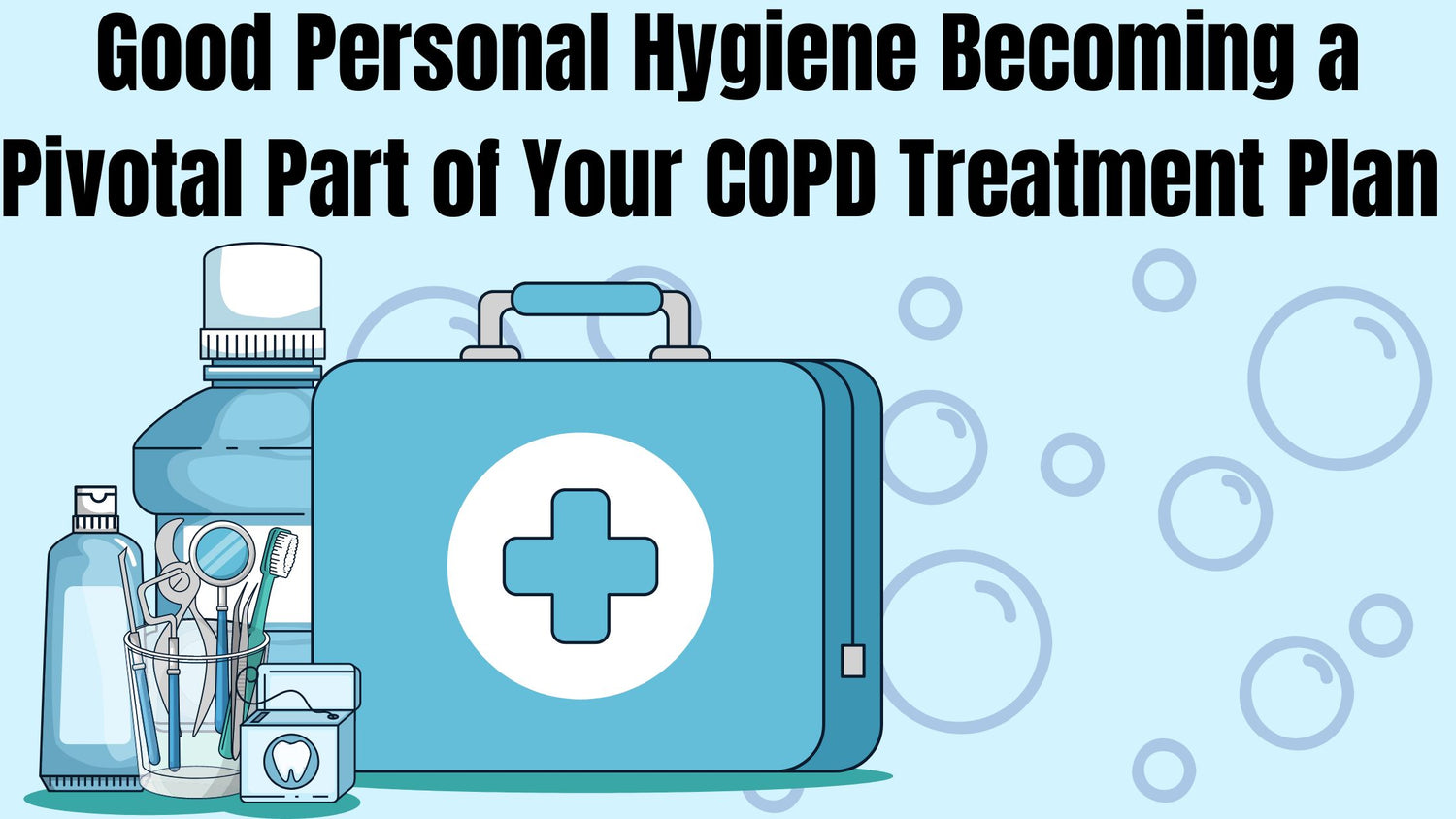Respiratory Resource Center - LPT Medical
How to Combat Back Pain Caused By COPD
While COPD is usually characterized as a breathing...
Read MoreGood Personal Hygiene Should be a Pivotal Part of Your COPD Treatment Plan
Personal hygiene is one of those things that...
Read More17 Natural Ways to Treat Your COPD
COPD is a relatively common and well-researched condition,...
Read More


